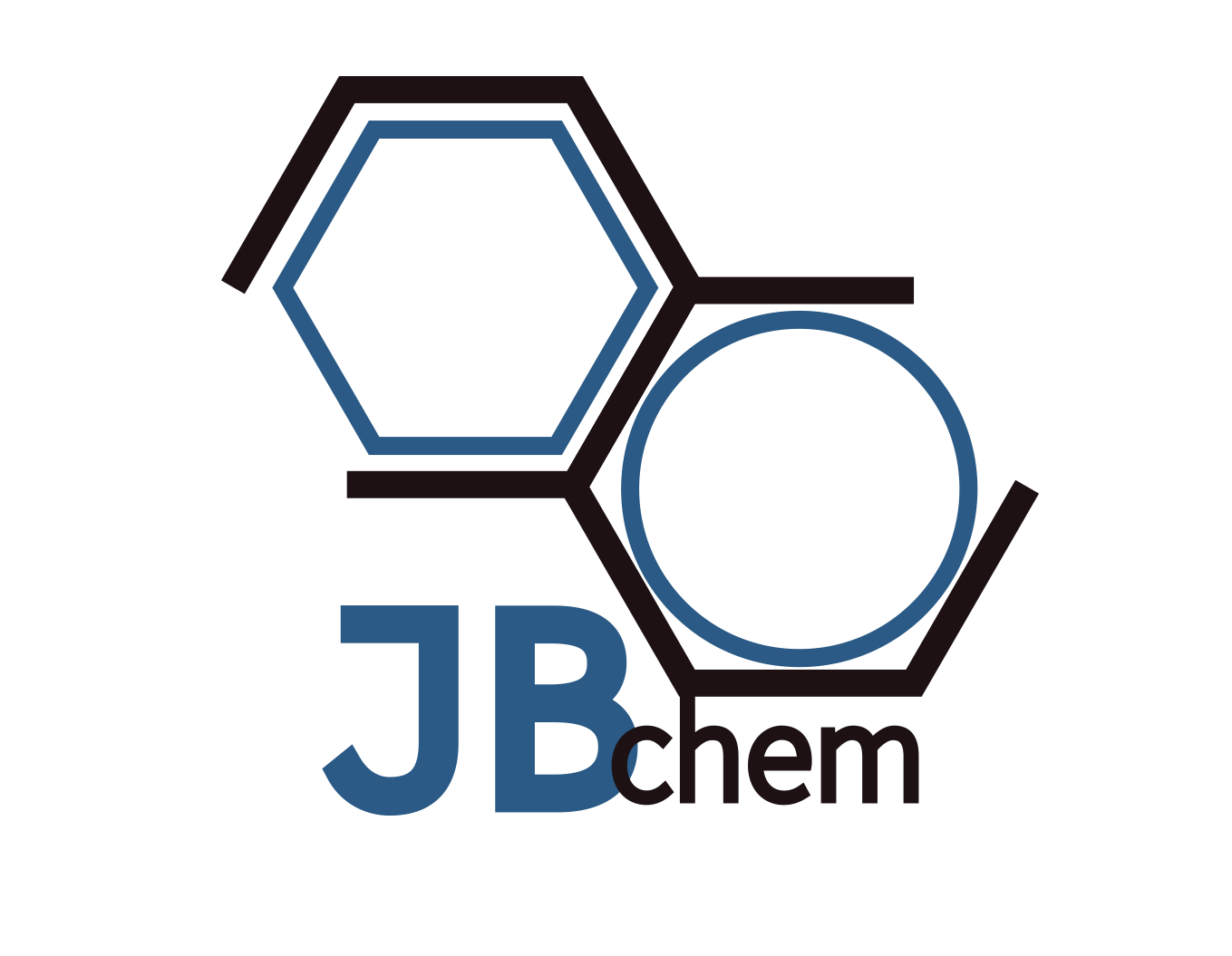Product Properties
Molecular formula:NbB2
Niobium Boride (NbB2) Micronpowder Main Feature
Niobium Boride is characterized by its extreme hardness, rivaling that of other hard materials like tungsten carbide and silicon carbide. This makes it highly resistant to wear and abrasion, suitable for use in cutting tools, abrasive materials, and protective coatings.With a melting point above 3000°C (5432°F), NbB2 maintains its structural integrity and mechanical properties even at extremely high temperatures. This quality makes it ideal for applications in environments where thermal stability is critical, such as aerospace components and high-temperature furnace parts.Despite its hardness, NbB2 also exhibits good electrical conductivity. This property is beneficial in electrical and electronic applications where a combination of conductivity and wear resistance is required, such as in electrical contacts and electrodes.NbB2 is chemically stable and exhibits excellent resistance to corrosion and oxidation, even at high temperatures. This makes it suitable for use in harsh chemical environments, protecting components from degradation.
Niobium Boride (NbB2)Micronpowder Applications
- Cutting Tools: The extreme hardness and wear resistance of NbB2 make it an ideal material for cutting tools. It’s used in the manufacture of drill bits, end mills, and other machining tools that require materials capable of cutting or shaping hard materials like steel, titanium, and composites, ensuring durability and efficiency in industrial and manufacturing settings.
Protective Coatings: NbB2′s resistance to high temperatures, corrosion, and wear makes it an excellent choice for protective coatings. These coatings are applied to machinery and components in aerospace, automotive, and chemical processing industries to extend their service life and maintain performance under extreme conditions.
Aerospace Components: Given its high melting point and mechanical strength, NbB2 is used in aerospace components that must withstand extreme temperatures and mechanical stress, such as engine parts, exhaust systems, and heat shields. These components benefit from the material’s ability to maintain structural integrity at high temperatures.
Electrical Contacts and Electrodes: The good electrical conductivity and wear resistance of NbB2 are advantageous for electrical contacts and electrodes in high-power applications. It ensures reliable performance and longevity in switches, relays, and other electronic components, particularly where high current or voltage is involved.

